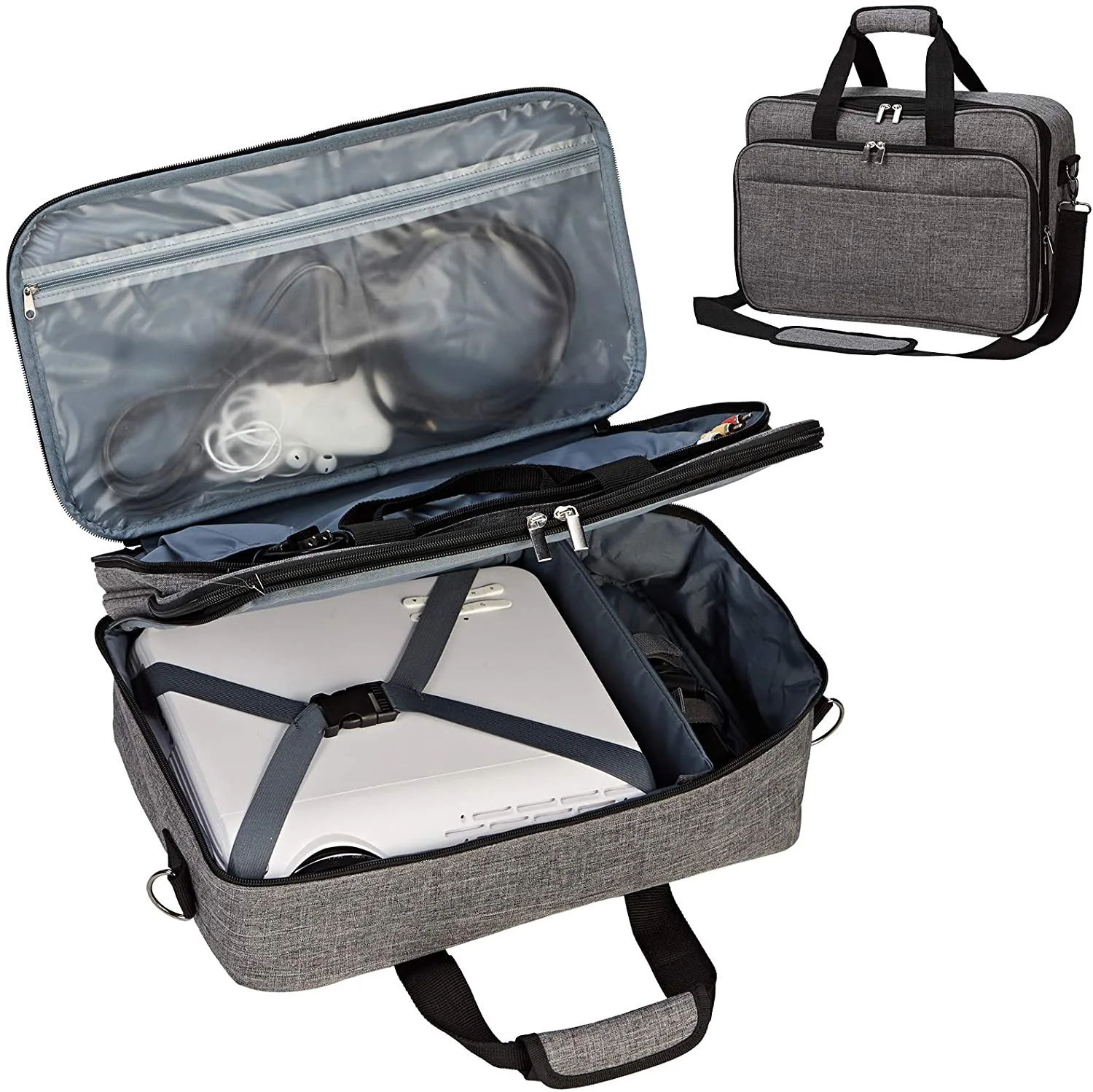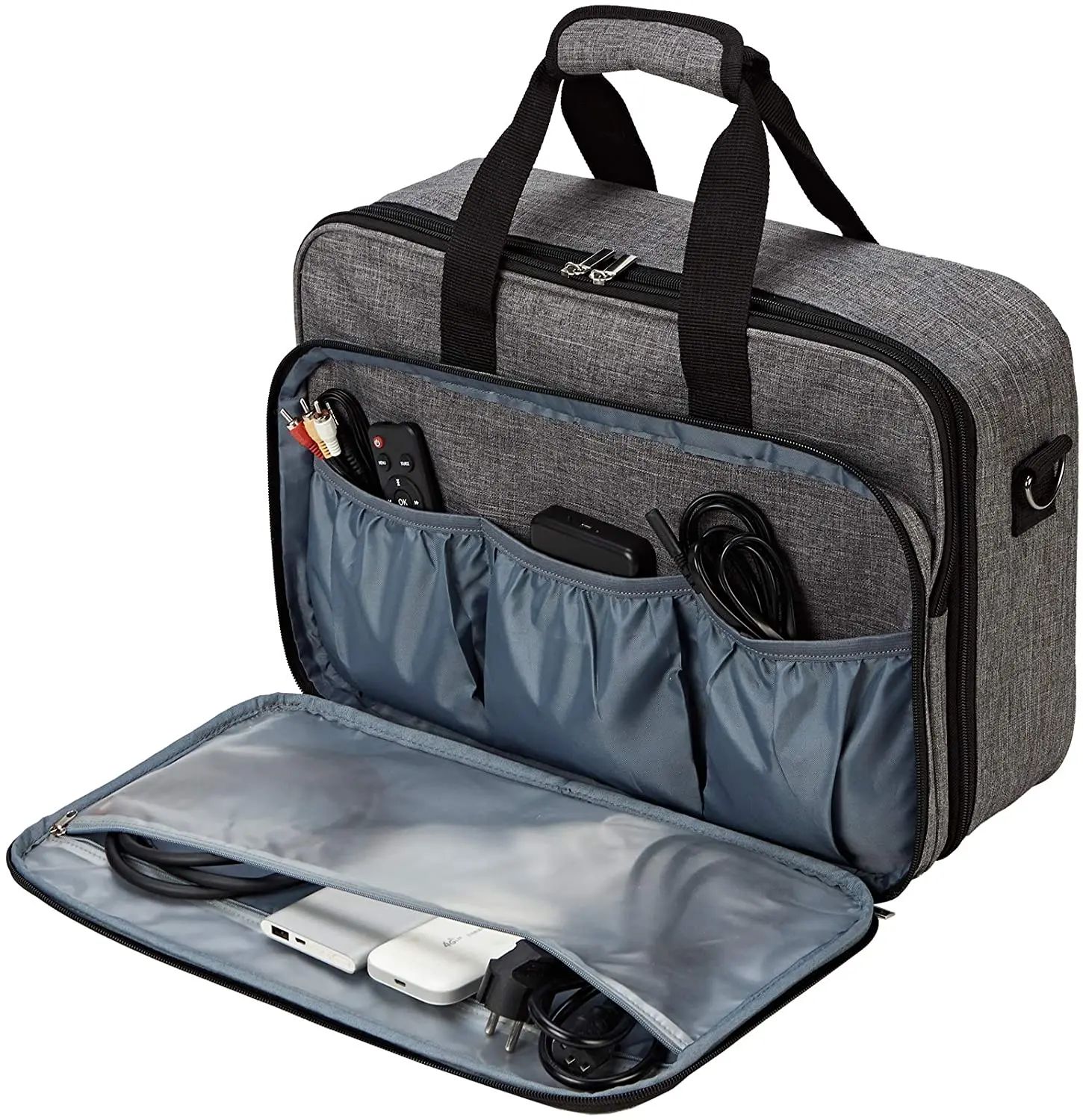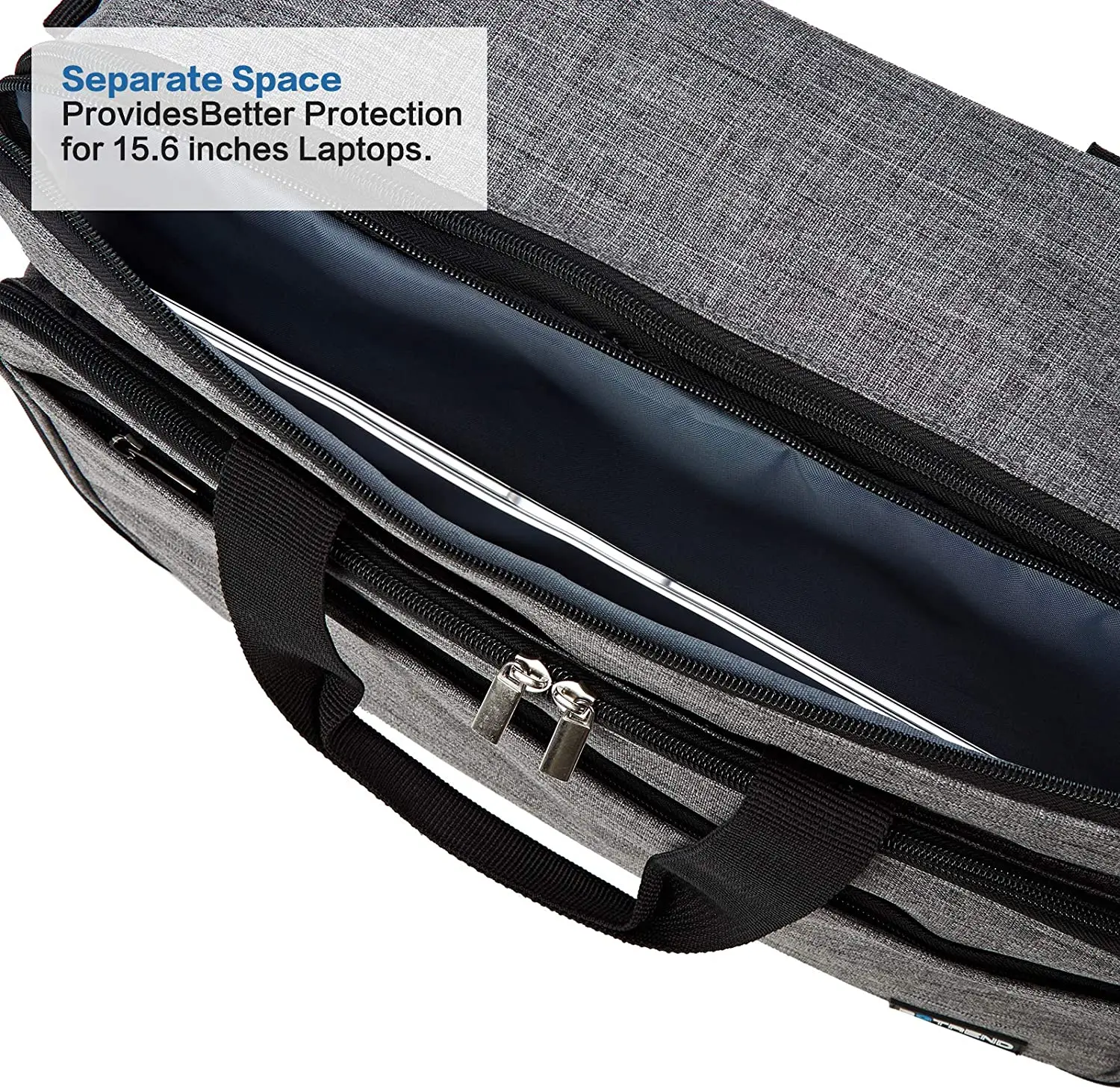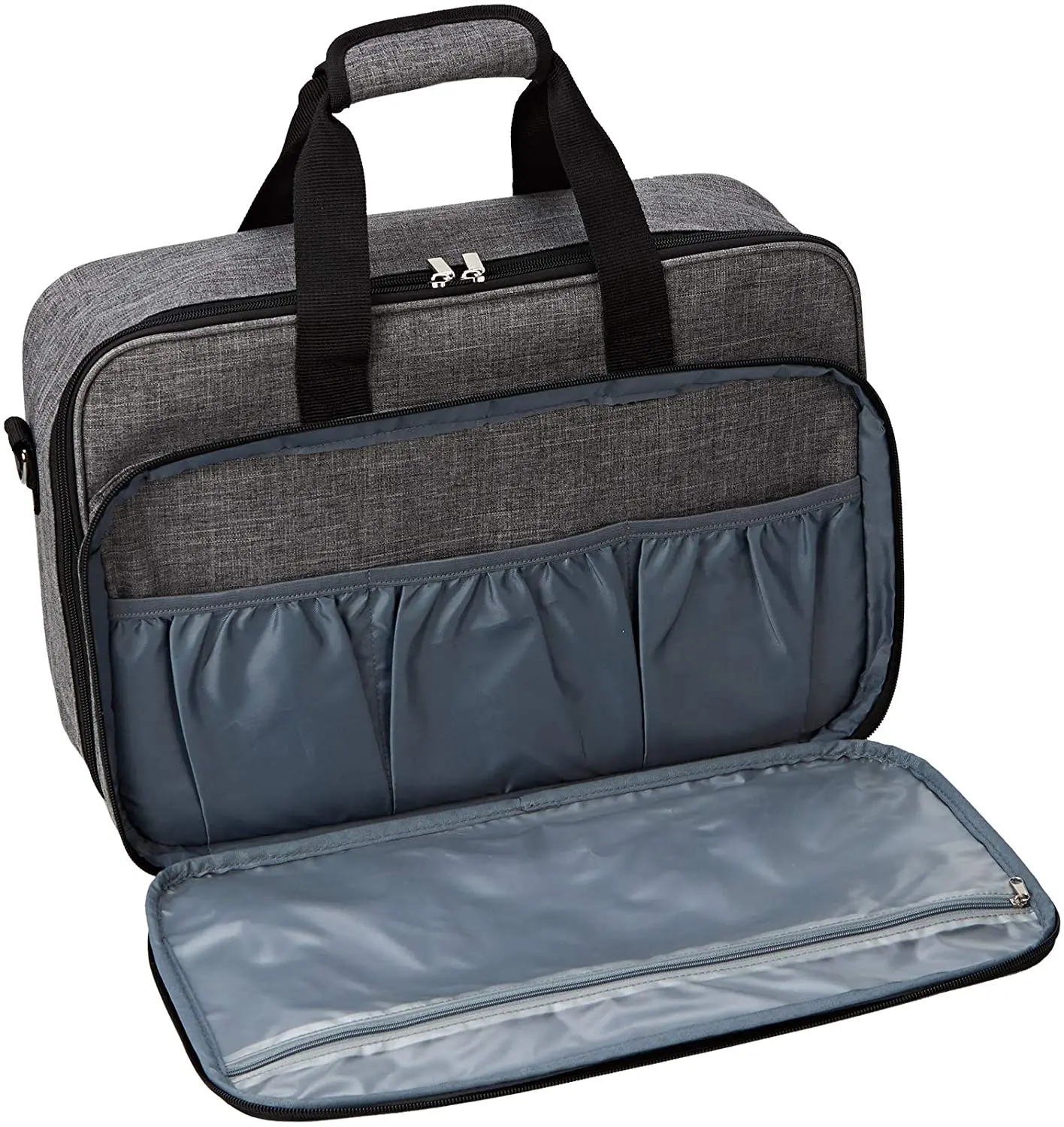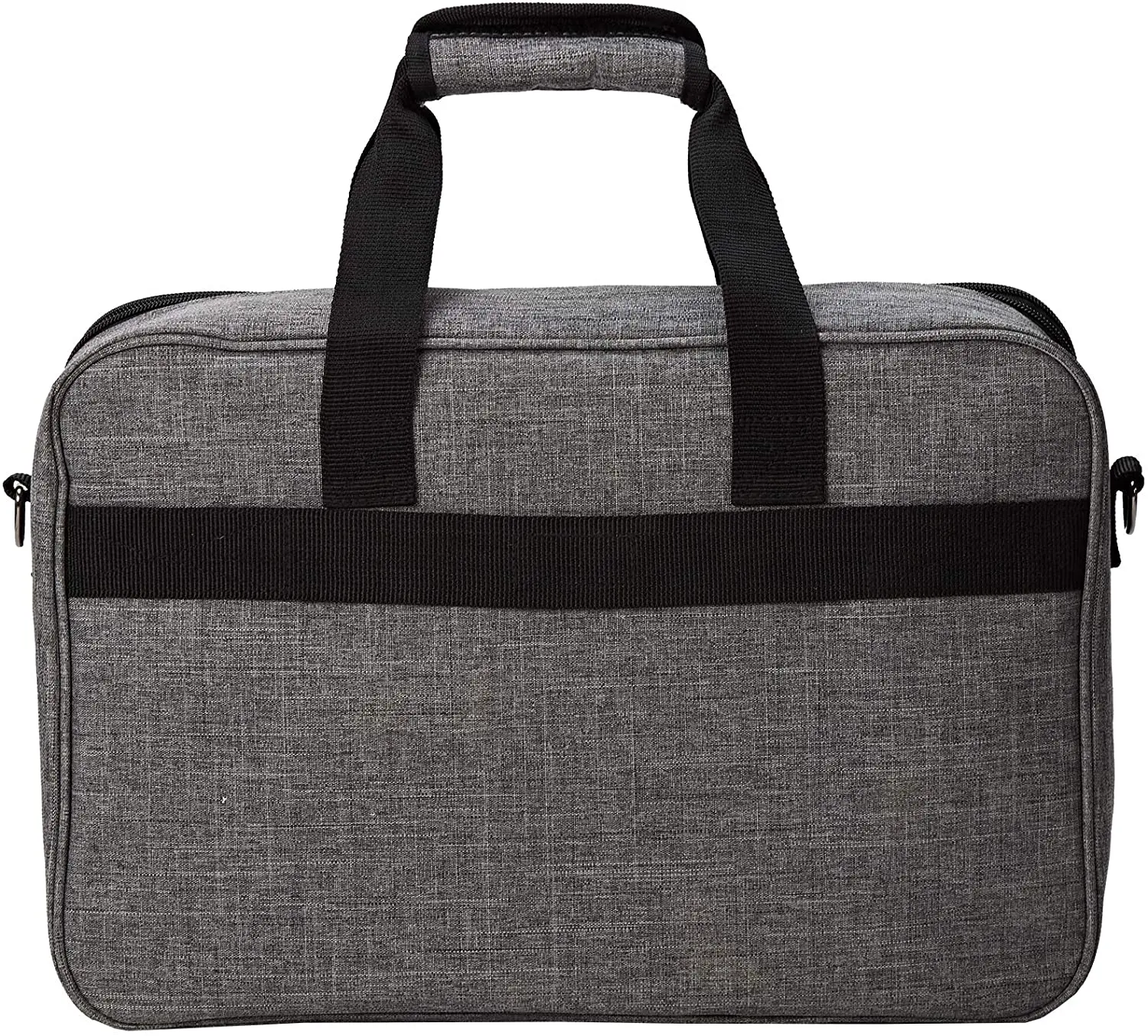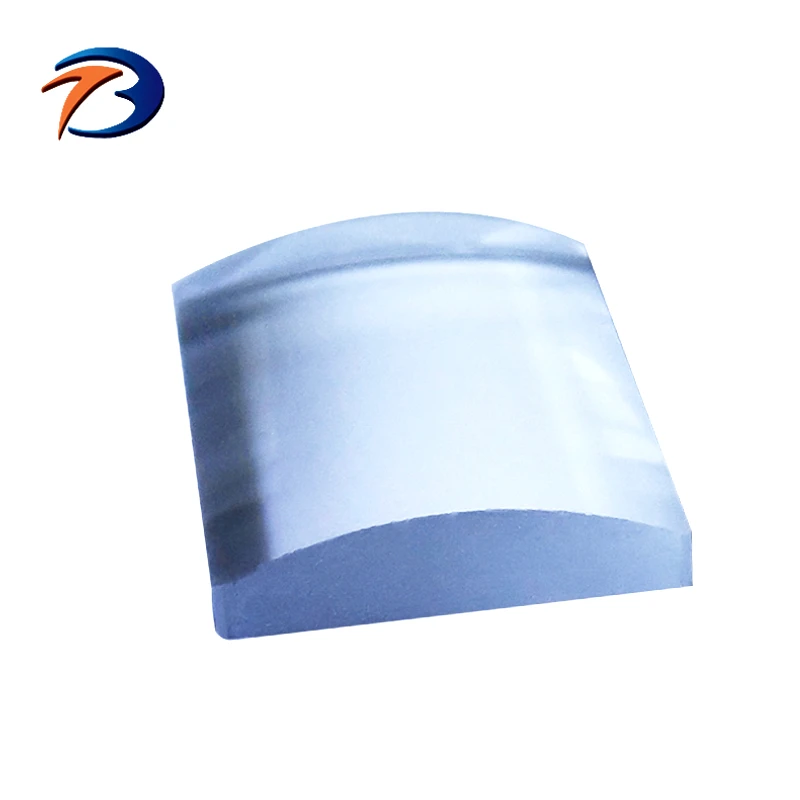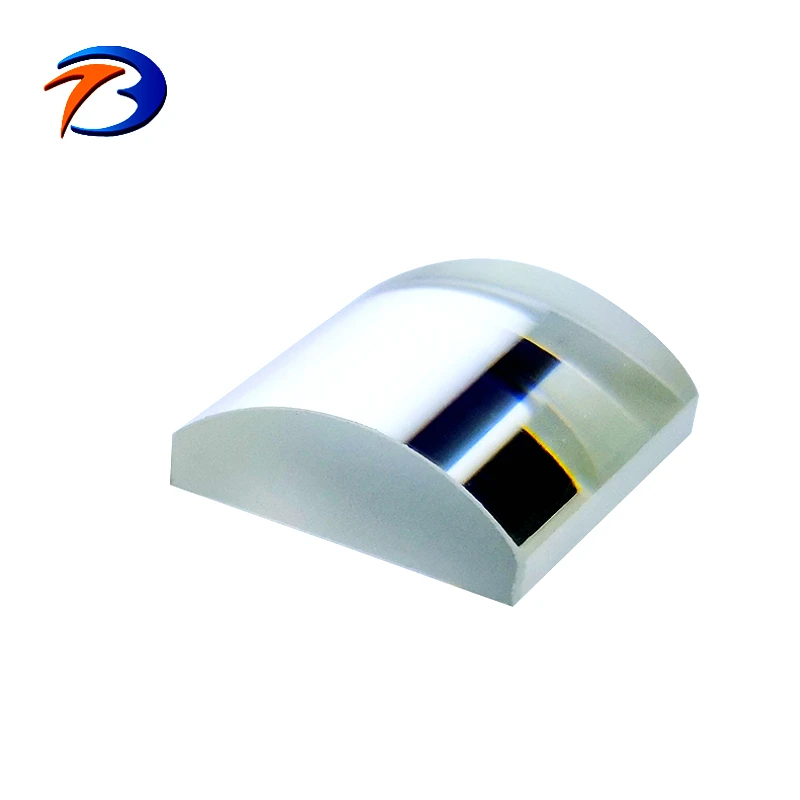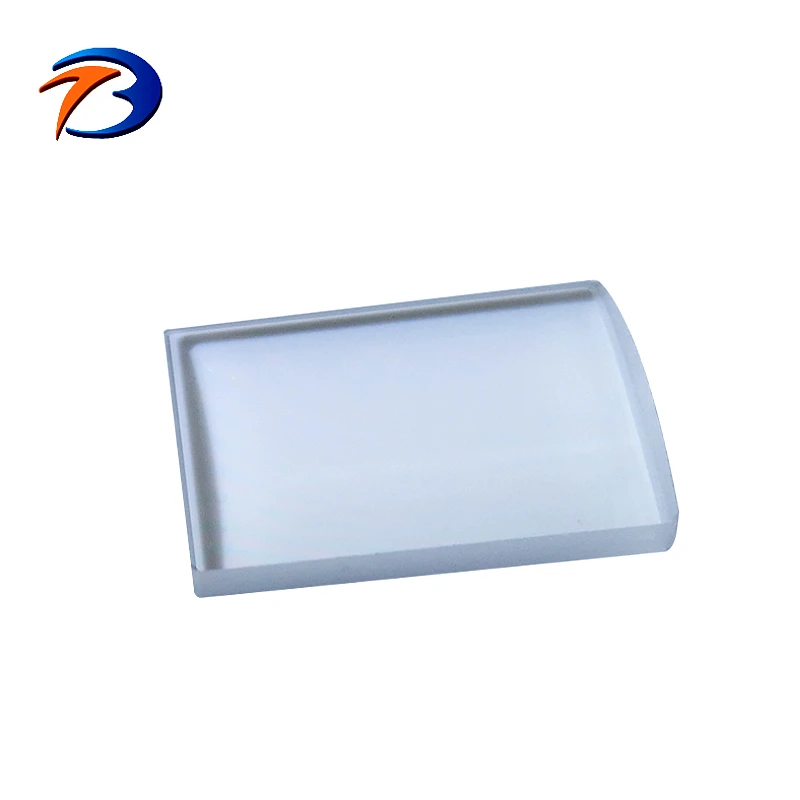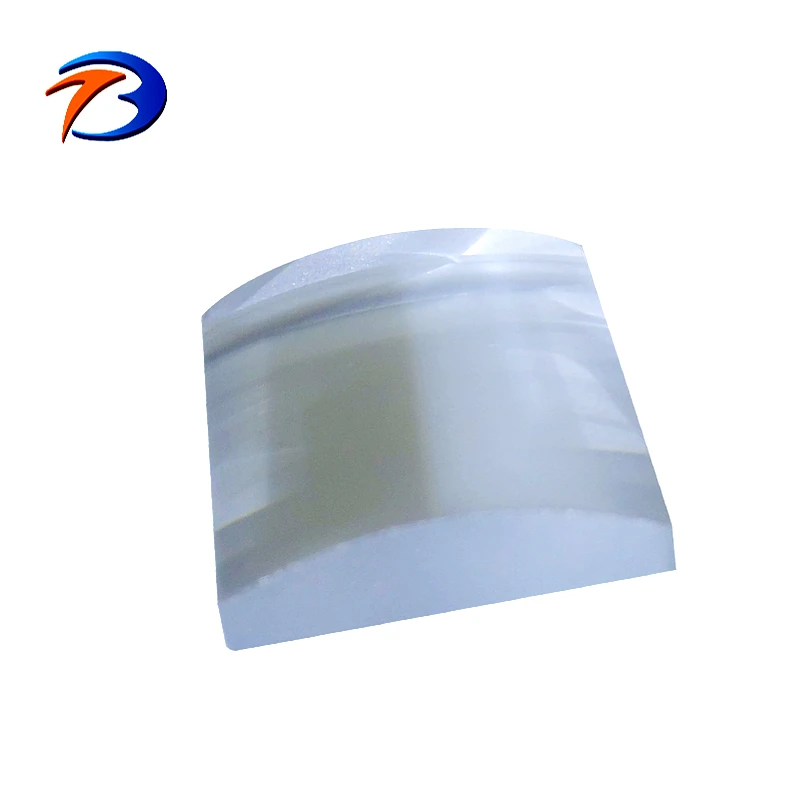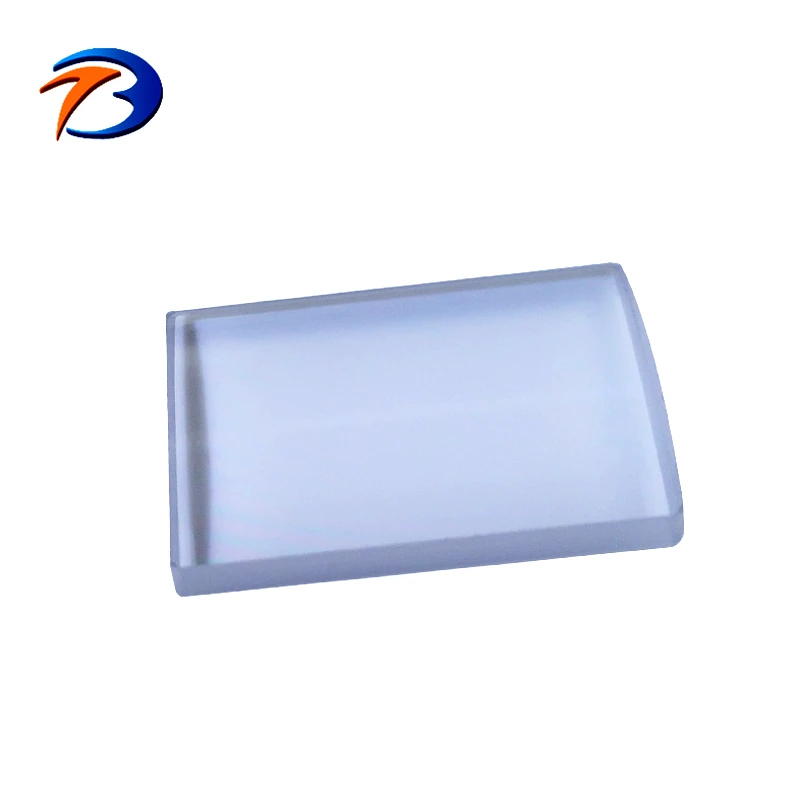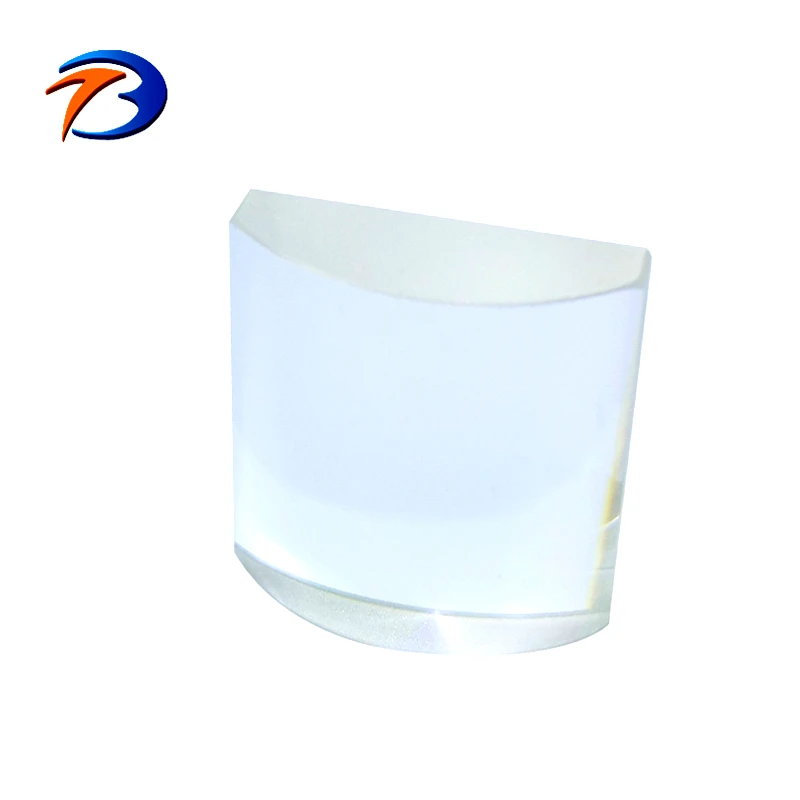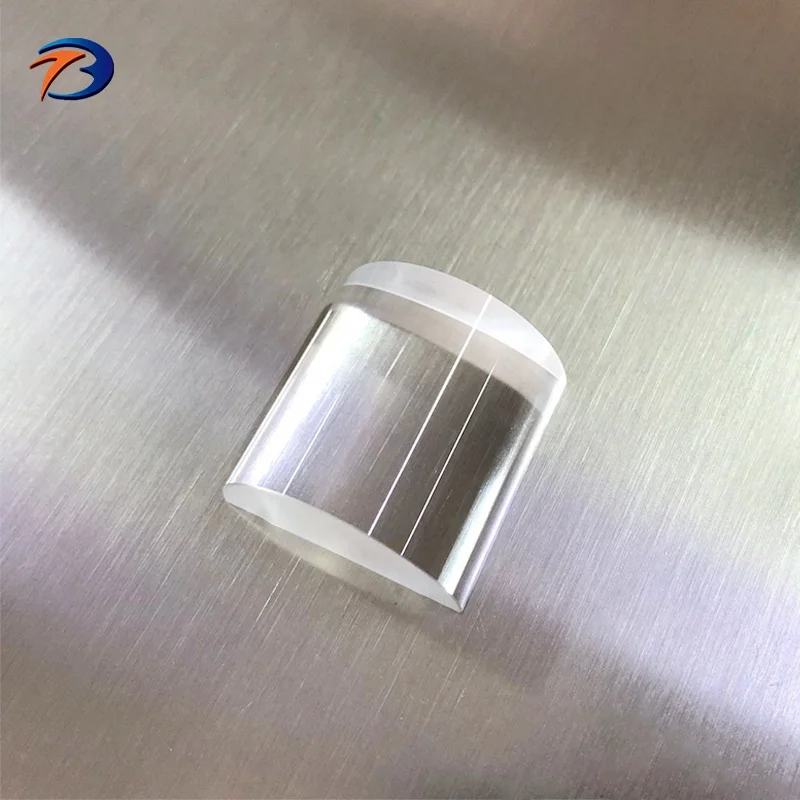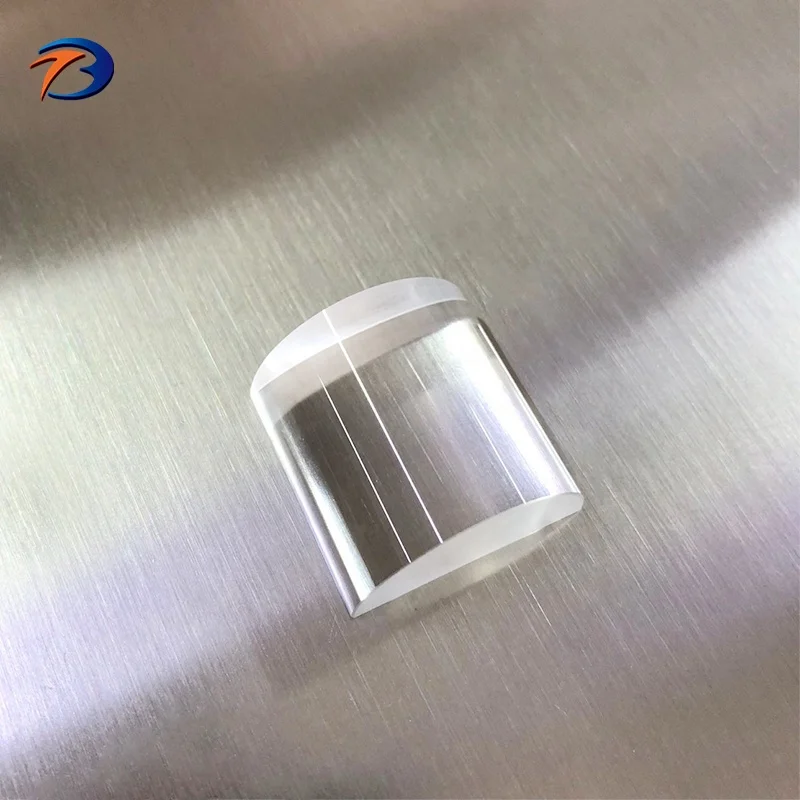Best Projectors for Home and Business Use in 2025
Projectors have become essential tools for both home entertainment and professional presentations. Whether you're setting up a home theater or equipping a conference room, choosing the right projector can make all the difference. In this guide, we'll explore the latest trends, features, and buying tips to help you make an informed decision.
How to Find Reliable Projectors from China in 2025
China remains a leading manufacturer of high-quality projectors, offering competitive prices and advanced technology. To find reliable suppliers, consider platforms like Alibaba, which vet manufacturers and provide buyer protection. Look for suppliers with verified trade assurances, positive reviews, and a history of successful transactions. Always request samples before placing bulk orders to ensure quality meets your expectations.
What Buyers Should Know Before Buying Projectors from China
When purchasing projectors from China, it's crucial to understand the specifications, warranty terms, and shipping options. Check if the supplier offers after-sales support and technical assistance. Be aware of import duties and taxes in your country, as these can affect the total cost. Additionally, verify the projector's compatibility with your region's voltage standards to avoid operational issues.
Types of Projectors
Projectors come in various types, each suited for different needs. DLP projectors are known for their sharp images and long lifespan, making them ideal for home theaters. LCD projectors offer vibrant colors and are commonly used in classrooms and offices. LED projectors are energy-efficient and portable, perfect for on-the-go presentations. For large venues, laser projectors provide bright, high-contrast images with minimal maintenance.
Functions and Features of Projectors
Modern projectors boast a range of features to enhance user experience. Look for high resolution (1080p or 4K) for crisp visuals, and high lumens (2000+ ANSI) for bright images in well-lit rooms. Keystone correction and lens shift help adjust the image without moving the projector. Wireless connectivity options like Wi-Fi and Bluetooth simplify setup, while built-in speakers eliminate the need for external audio systems.
Scenarios of Projectors
Projectors are versatile tools used in various settings. In home theaters, they deliver immersive movie experiences. Businesses rely on them for presentations and video conferences. Schools use projectors for interactive lessons, while event planners utilize them for large-screen displays at weddings and concerts. Portable projectors are also popular for outdoor movie nights and camping trips.
How to Choose Projectors
Selecting the right projector depends on your specific needs. Consider the room size and lighting conditions to determine the required brightness and throw distance. For frequent travel, opt for a lightweight, portable model. If you prioritize image quality, invest in a projector with high resolution and contrast ratio. Budget is also a key factor, as prices range from affordable entry-level models to premium professional-grade units.
Projectors Q & A
Q: What is the average lifespan of a projector lamp?
A: Most projector lamps last between 2,000 to 5,000 hours, depending on usage and model. LED and laser projectors typically have longer lifespans, often exceeding 20,000 hours.
Q: Can I use a projector in a brightly lit room?
A: Yes, but you'll need a projector with high lumens (at least 3,000 ANSI) to ensure a clear image. Ambient light-rejecting screens can also improve visibility.
Q: Are wireless projectors reliable?
A: Wireless projectors offer convenience, but performance depends on your Wi-Fi network. For lag-free streaming, ensure a strong, stable connection.
Q: What's the difference between short-throw and ultra-short-throw projectors?
A: Short-throw projectors can display large images from a short distance (3-8 feet), while ultra-short-throw models can project from just a few inches away, reducing shadows and glare.
Q: How do I clean a projector lens?
A: Use a microfiber cloth and lens cleaner specifically designed for optics. Avoid harsh chemicals or excessive pressure to prevent damage.


